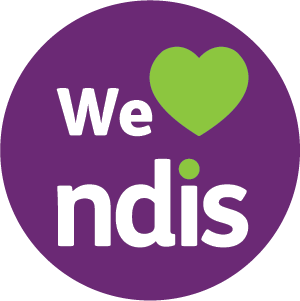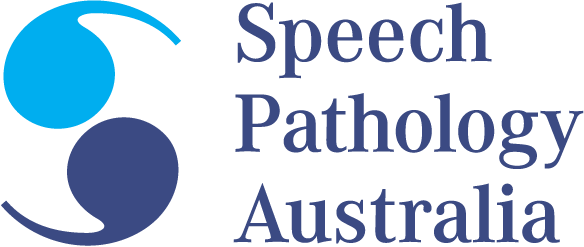First of all, congratulations on your birth—we know it's both an exciting and challenging time with all the 'newness'!
During the first 12 months, children develop the ability to hear and recognise the sounds of their parents’ language.
They experiment with sounds by babbling (e.g. “baba”, “babamada”), and over time, their babbling begins to sound more and more like real words.
Babies communicate by crying, cooing, smiling, and making eye contact.
Babies communicate by crying, cooing, smiling, making eye contact, pointing, blowing raspberries and laughing.
Babies communicate by babbling, using sounds made with the lips (e.g. b and m) in sequences like “baba” and later “bamada”
Between 9-12 months babies communicate by babbling, using more sounds (e.g. d, m, n, h, w, t)
At 12 months babies begin to use words (if your baby has turned 12 months old, please view the 1-2 year milestones and averages)
What do many babies still find difficult?
Babies can’t say words the same way as adults do and often simplify words (e.g. biscuit becomes “bi”).
From birth onwards:
Want more help? Check out our Parents & Carers Course here
There's not much difference between milestones and averages in the first year of a baby's development.
You should seek medical advice if:
Children who do not progress through the stage of “playing with sounds” are at risk of speech difficulties later. Parents can help by talking to their children and responding to any attempts to communicate (e.g. by copying their babbling).
Not sure if you need help, or want to ensure you've removed communication barriers?


